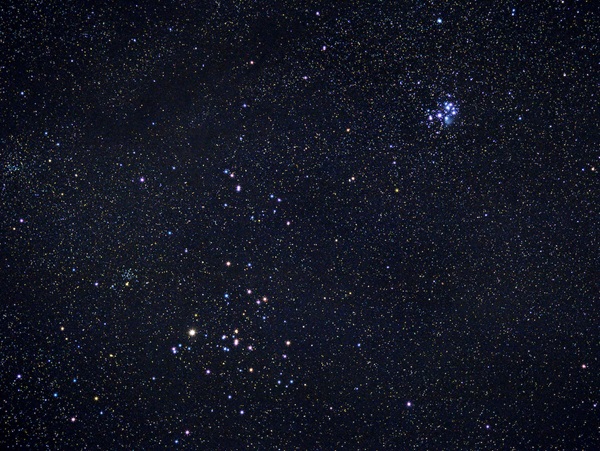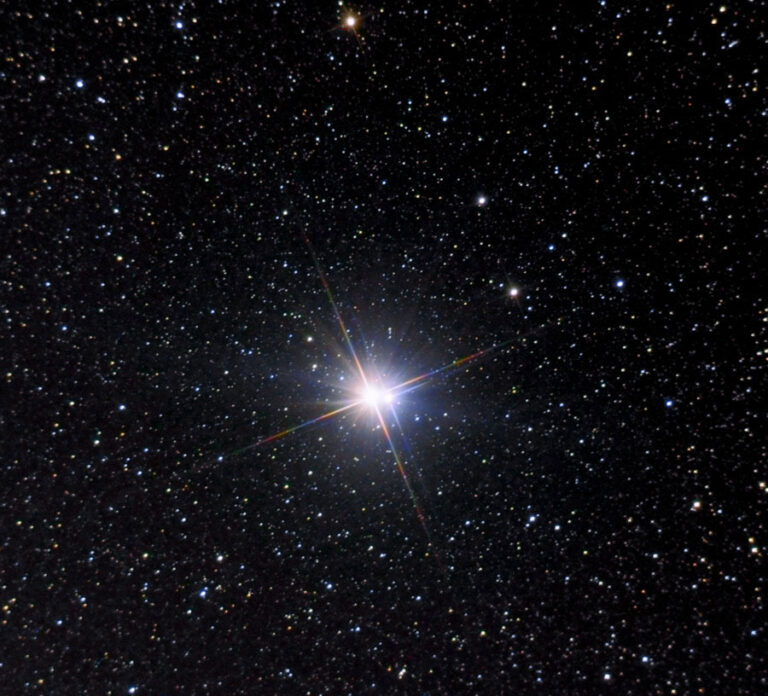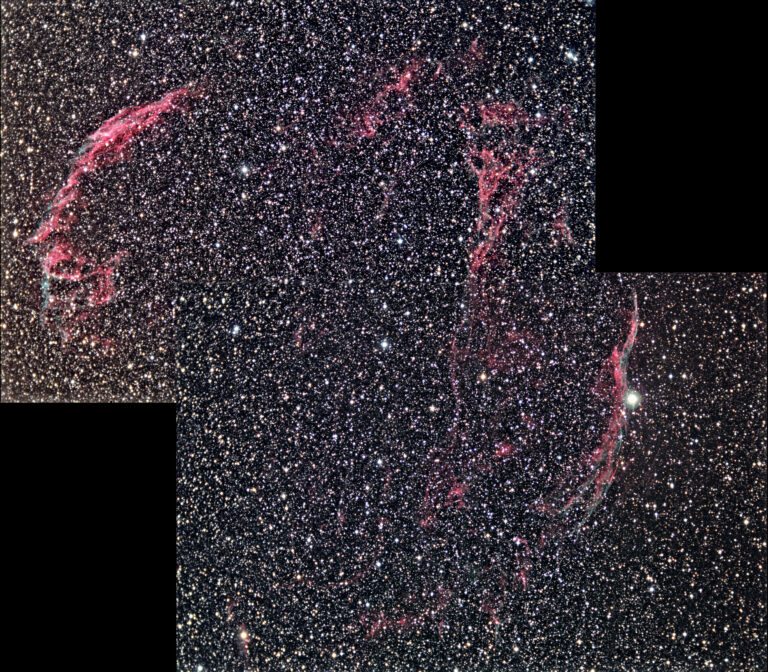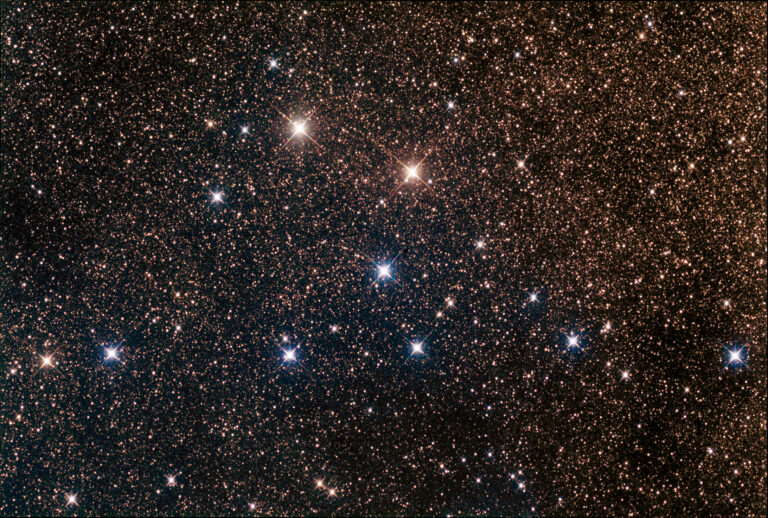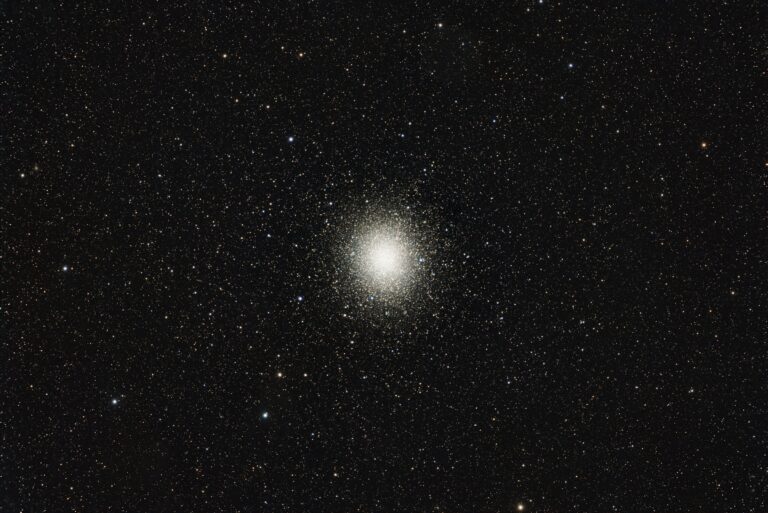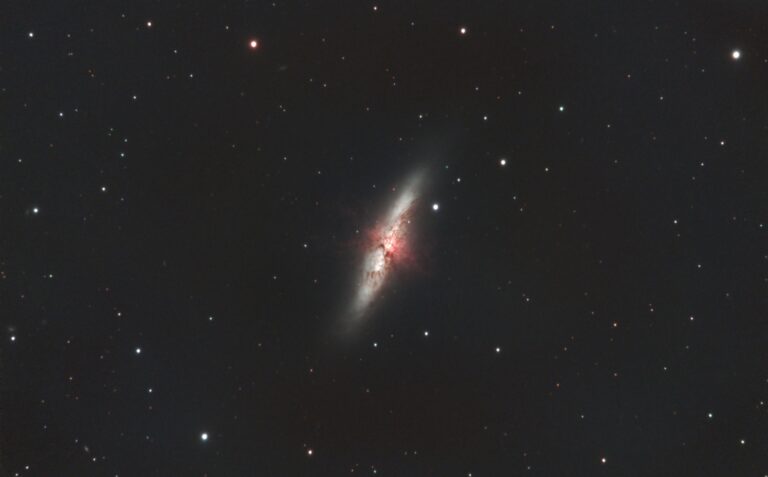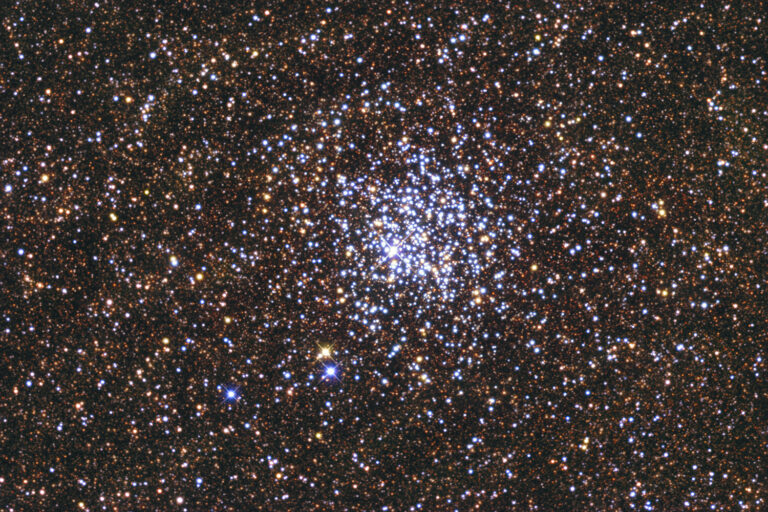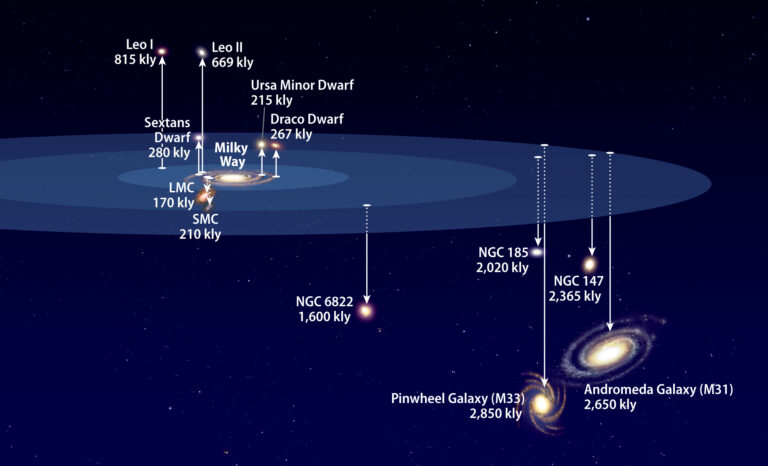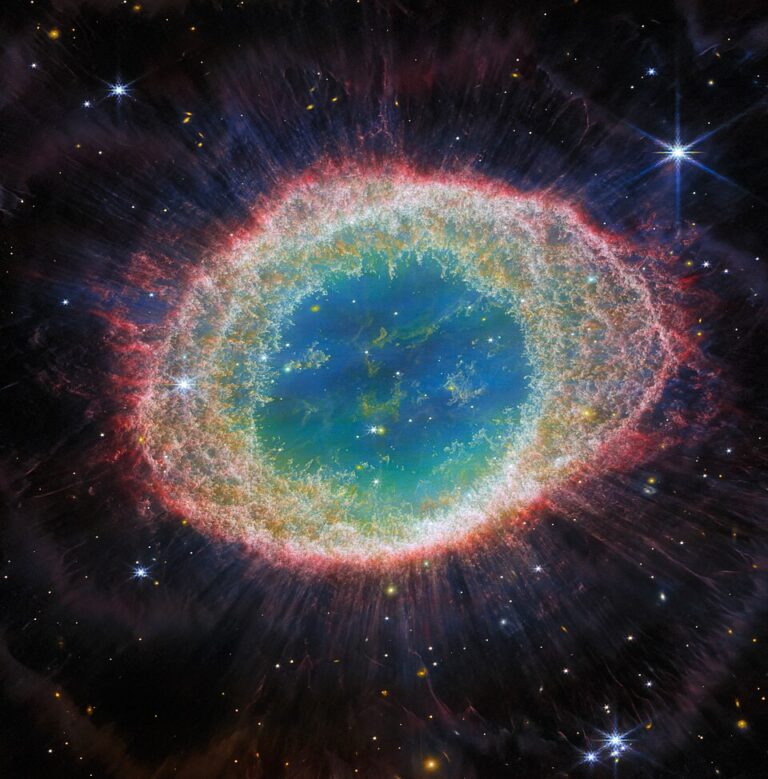Key Takeaways:
Crisp winter nights bring us a glorious naked-eye treasure: the Hyades. This V-shaped gathering of suns has been recognized as a celestial bull since at least 4000 b.c., when the Sun resided among its stars during the spring equinox — a hopeful union that heralded the return of life and agricultural activity to Earth after a barren winter. Classically, the Hyades represented the mythical seven daughters of Atlas, half-sisters of the Pleiades; together they formed the 14 Atlantides.
To modern astronomers, however, the Hyades mark the bright core of the Taurus Moving Cluster, which, at a distance of 150 light-years, is the closest star cluster to our Sun.
Formed about 625 million years ago, the Hyades appears to share a common origin with the Beehive Cluster — their ages and motions through space are remarkably similar. The Taurus Moving Cluster is now rifling through space at 29 miles per second (46 kilometers per second), toward a point a few degrees east of Betelgeuse. It passed closest to our solar system more than a million years ago, and in 50 million years it will appear only about ½°-wide through our telescopes.
Fortunately, today we can revel in the cluster’s majesty, as the central Hyades stars span about 5.5°, or about 15 light-years. Adding to its splendor is the warm light of the orange giant star Aldebaran, at the tip of the V’s southeast branch; however, it is not a part of the Hyades proper. ESA’s Hipparcos satellite has confirmed that Aldebaran is a foreground object 65 light-years distant, while the center of mass of the Taurus cluster lies 151 light-years from Earth.
The smallest of binoculars will transform the celestial V into a stunning starscape about 10 light-years across. The outlying regions cover at least twice that distance. But do run your binoculars over the face of the Bull, as there are ample stellar pairings that make the sight feel “homey.” Most notable are the two Theta stars (θ1 and θ2 Tauri), which shine at 4th and 3rd magnitude, respectively, and are separated by about 6′. The Sigma stars (σ1 and σ2 Tauri) are even more appealing, appearing as two chalk-white beacons of near-equal intensity (magnitude 5) separated by 7′.
Make sure to explore Astronomy’s full list of 101 cosmic objects you must see. New entries will be added each week throughout 2022.
To get the latest astronomical news and observing content delivered directly to your door, subscribe to Astronomy magazine today!

